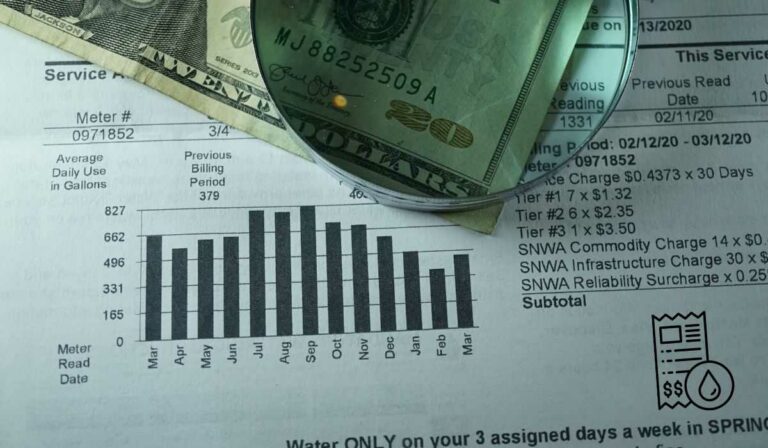How To Remove Kitchen Backsplash
Removing a kitchen backsplash might sound daunting, but with the right approach, you can tackle it confidently and efficiently. Whether you’re updating your kitchen’s look or fixing damaged tiles, understanding the removal process is key to preserving your walls and making way for a fresh new design. This guide walks you through the preparations, step-by-step removal techniques, handling different backsplash materials, and caring for your walls afterward. Get ready to reclaim your kitchen space with ease.
Preparations Before Removing The Backsplash
Tools And Materials Needed For Removal
Before diving into backsplash removal, gather these essential tools and materials to make the process smoother:
- Safety goggles and gloves to protect yourself.
- Utility knife or grout saw for cutting through grout lines.
- Putty knife and scraper for prying tiles.
- Hammer and chisel for stubborn tiles.
- Drop cloths or plastic sheeting to protect countertops and floors.
- Painter’s tape for securing protective coverings.
- Sponge and bucket for cleanup.
Having these ready ensures you won’t get stuck halfway through your project.
How To Protect Your Kitchen During Removal
Backsplash removal can get messy. To protect your kitchen surfaces:
- Cover countertops and sink with drop cloths or plastic sheets.
- Seal off other areas with painter’s tape and plastic to prevent dust spread.
- Remove or cover any appliances nearby to avoid damage.
- Open windows or ensure good ventilation, especially if using adhesive removers.
Preparation not only safeguards your kitchen but also helps contain cleanup afterward.
Step-By-Step Guide To Removing The Backsplash
Turning Off Utilities And Clearing The Area
Safety first: turn off water and electricity connected to the backsplash area. This prevents accidents when working near outlets or plumbing.
Clear the countertops and walls nearby so you have plenty of space to work without obstructions.
Removing Grout And Tiles Safely
Start with removing grout lines around the tiles using a grout saw or a utility knife. This helps loosen the tiles and makes prying easier.
Use a putty knife or scraper to gently pry a tile away from the wall starting at a corner or broken spot. Tap with a hammer if necessary, but proceed slowly to avoid damaging the wall underneath.
Handling Adhesive And Cleaning The Wall
Once the tiles are off, you’ll likely have adhesive residue remaining. Use a scraper to remove as much as possible.
For stubborn adhesive, a mixture of warm water and mild detergent or a commercial adhesive remover works well. Avoid harsh chemicals that can damage drywall or plaster.
Clean the wall thoroughly and let it dry before moving on to any repairs or new installation.
Dealing With Different Types Of Backsplash Materials
Removing Tile Backsplash
Tile backsplashes require removing grout first to avoid chipping adjacent tiles if you’re planning to keep some.
Pry tiles carefully to protect the drywall. If the wall paper or paint peels off, you’ll need to do additional wall prep later.
Removing Glass Or Stone Backsplash
These materials are heavier and more brittle. Use specialized suction cups (for glass) and strong gloves to avoid cuts.
Work slowly and avoid bending the materials. If you hit adhesive stuck hard on the wall, soften it with a heat gun or adhesive remover before prying.
Tips For Removing Peel-And-Stick Backsplash
These are easier but can leave sticky residue.
Peel them off slowly at a 45-degree angle.
Use warm soapy water or rubbing alcohol to clean leftover glue.
Never use sharp tools directly on the wall to avoid damage.
Post-Removal Care And Wall Repair
Assessing Wall Damage And Repairing Drywall
After removal, inspect your walls closely for gouges, holes, or pulled-off drywall paper.
Patch small holes with spackle or joint compound. For bigger damage, you might need a drywall patch.
Allow repairs to dry fully before sanding.
Sanding, Priming, And Preparing For New Installation
Sand repaired areas smooth so the new backsplash will adhere properly.
Clean off sanding dust with a damp cloth.
Apply a primer suitable for your wall type, especially if the surface is patched or uneven.
This ensures a clean, even base for your next backsplash and prevents future peeling or bubbling.
Safety Tips And Common Mistakes To Avoid
Protecting Yourself During Removal
Always wear gloves and goggles to shield your hands and eyes from sharp tile shards and flying debris.
Use a dust mask when scraping to avoid inhaling particles.
Work slowly and take breaks to avoid injury from fatigue.
How To Avoid Permanent Wall Damage
Don’t rush pry tools under tiles: forcing them can pull drywall off.
Remove grout carefully before tile removal to reduce resistance.
Avoid using excessive water that can saturate and weaken drywall.
If unsure, test removal on a small, inconspicuous section first.
Conclusion
Removing your kitchen backsplash might feel like a big task, but with the right preparation and careful technique, you can do it safely and effectively. Remember to gather the proper tools, protect your kitchen, and tackle different materials with the right methods. Taking time for post-removal wall repair ensures your space is ready for a beautiful new backsplash. By following these guidelines, you not only refresh your kitchen’s look but also empower yourself with valuable DIY skills for future projects.

